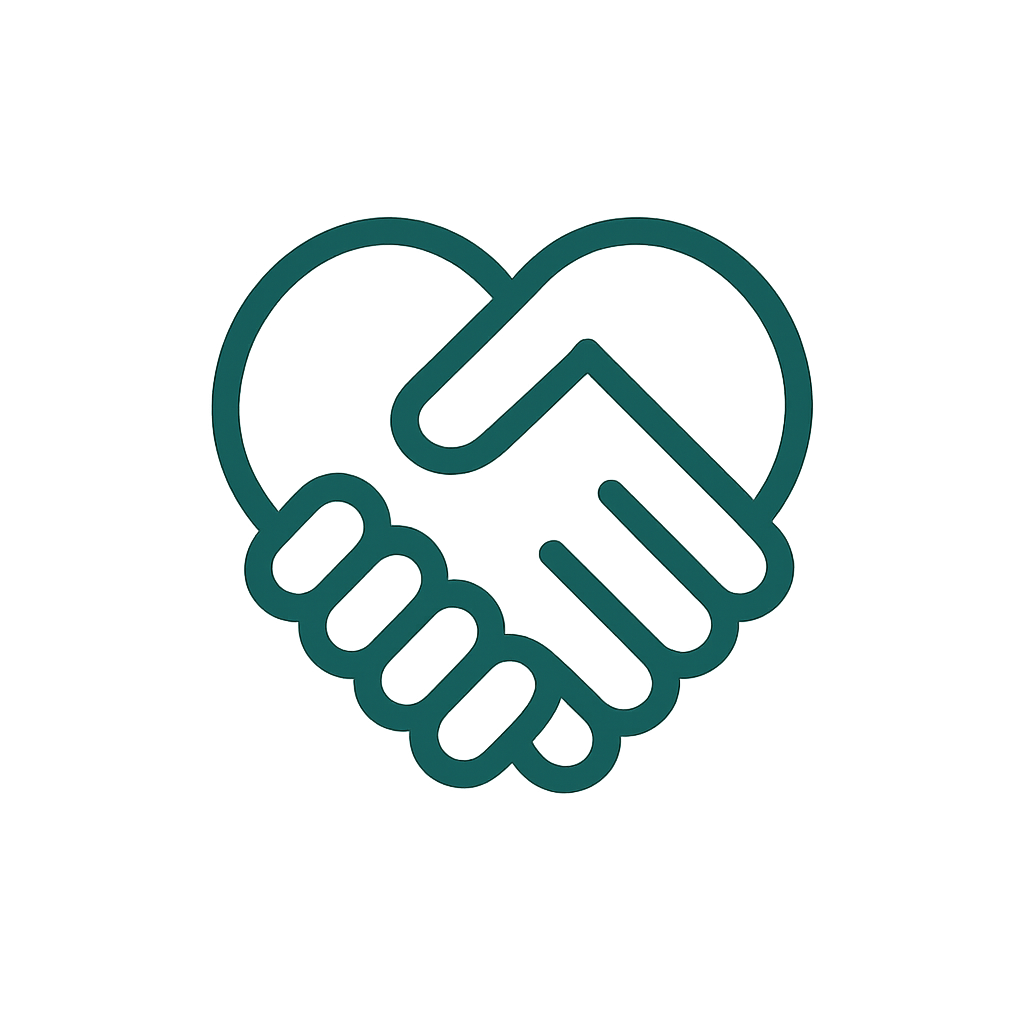Many inquiries we receive from KAMI skinscare concern skin problems in young children. Mothers send photos and ask if our KAMI products are suitable for their specific problem. In a KAMI team meeting, we decided that all our customers should benefit from the expertise of the founder, general practitioner Kerstin Schallaböck. Therefore, we have briefly summarized the problems.
DISCLAIMER: Please note that this information is general. For an accurate diagnosis, please consult a doctor.
"When I read the inquiries from our users, I'm often reminded of the time when our youngest, Kami, was still a baby and suffered greatly from his atopic dermatitis. He wasn't even six months old yet and often cried through the night because the itching tormented him so much. But it wasn't just him who suffered; the entire family suffered! The situation was very stressful for all family members. I also tried to quickly solve the itching problem with cortisone creams, only to find that this only helped in the short term. Our Kami's first attempt at using KAMI SOS Oil helped with his itching. But not every itchy rash is atopic dermatitis. There are many different types of skin rashes. I'm trying to provide an overview here, but of course, I can't make a diagnosis from a distance. For a proper diagnosis, please see your pediatrician!"
What are the most common problems?
Baby skin doesn't normally need much. The "Midwife's Consultation Hour," a standard textbook for first-time mothers by midwife Ingeborg Stadelmann, recommends a mixture of almond oil, avocado oil, and other plant oils, with a few drops of rose geranium or rose oil if desired. However, newborn skin is naturally very thin and produces little sebum. Therefore, skin problems can easily arise.
-
Baby acne: Newborn acne affects boys more often than girls. These are small reddish pimples that often appear shortly after birth but disappear on their own. For most children, baby acne disappears after four months at the latest. It's good to know: Babies with newborn acne aren't bothered by the pimples. The rash causes neither pain nor itching, and it doesn't leave scars.
- CARE TIP: In this case, avoid using greasy creams. These can worsen the rash and cause sweating and itching. Overheating should be avoided at all costs. Especially important in winter: Undress or cover your baby if you're in a store or shopping center for an extended period!
-
Cradle cap, often called cradle cap: A common skin condition in newborns caused by excessive sebum production, it can be hormonal (maternal hormones in the baby's body) or caused by a yeast fungus, which is also naturally present on the skin. The yellowish-brown, scaly skin patches, which often appear on the scalp, are unsightly but usually cause no discomfort and disappear on their own over time. However, this is different from true cradle cap, a type of atopic dermatitis, which looks more like burnt milk. It can also lead to crusting and is often accompanied by itching. If you suspect this, show the rash to your pediatrician.
- CARE TIP: I recommend a lot of patience and extremely gentle cleansing. Baths with our oil-based KAMI Cleansing Fluid can work well. A gentle massage with a baby brush can also help, but avoid reddening the skin. To soothe the skin or if inflammation also occurs, I recommend KAMI SOS Skin Care Oil. If the cradle cap is particularly stubborn, talk to your pediatrician.
-
Diaper rash: Diaper rash is a skin irritation commonly found in newborns. It is caused by a combination of harsh moisture (urine), friction, and the skin's reaction to ingredients in diapers. It often occurs when the bottom skin is exposed to wet conditions for an extended period. This causes the skin in the diaper area to become red and irritated, often swollen. The baby experiences discomfort and/or itching, and expresses this with tears. A yeast infection may also be present.
- CARE TIP : Diaper rash can be prevented by changing diapers frequently. This keeps the diaper area dry. Babies love to kick around naked, which is also a good way to prevent diaper rash. I also recommend natural cleansing with plain water and washcloths instead of ready-made cleansing wipes. While these are super convenient for use on the go, they contain a lot of preservatives that destroy the natural skin flora. So, if possible at home, avoid wet wipes and the like (it also saves money!). If the bottom does get red, our KAMI balm can help. Applied thinly, it nourishes with shea butter, coconut oil, vegetable lanolin, and many other oils.
-
Heat rash : I often see babies in stores and shopping malls with their padded suits in strollers, their heads all red and blotchy because they're so hot. Even in summer, sensitive babies often get red spots and even pustules from the heat.
- CARE TIP: It's important to remember that babies can't regulate their body temperature like adults can. They hardly sweat, which can quickly lead to overheating. They also don't have a layer of fat to protect them from the cold. Therefore, always make sure to dress your baby appropriately for the outside temperature and the mode of transport (baby carrier, stroller), and remember that heat escapes primarily through the head. If hot spots appear, ensure a comfortable temperature, and the problem will disappear. So, if you're staying indoors for extended periods in winter, take off the snowsuit and hat!
- Neurodermatitis, also known as atopic dermatitis: We've written about neurodermatitis here many times. It's important to note that it usually only appears at six months of age. Our customers have had very positive experiences with KAMI SOS Care Oil for neurodermatitis. I would therefore recommend everyone try KAMI SOS Care Oil before using cortisone products on babies. If the rash is open or inflamed, or if it doesn't go away after prolonged use, you should consult a doctor. Between neurodermatitis flare-ups (this applies to all age groups), care with KAMI products is recommended, as it strengthens the skin barrier.
I hope I have given you a good overview and remain
kind regards
Your Kerstin








